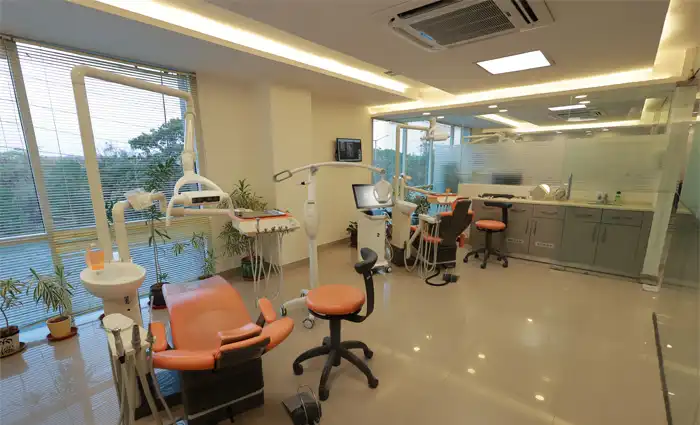Sinus lift alternatives
When it comes to replacing missing teeth in the upper jaw, the success of dental implants often depends on sufficient bone density in the sinus area. Traditionally, a sinus lift procedure has been the go-to solution for increasing bone volume, but it is not always the best option for every patient. At Dr. Motiwala’s Dental Clinic, we offer advanced alternatives to sinus lift surgery, making dental implant procedures quicker, less invasive, and more comfortable.
Understanding the Sinus Lift Procedure
A sinus lift, also known as sinus augmentation, is a surgical procedure designed to add bone material to the upper jaw where it has deteriorated, often due to long-term tooth loss or periodontal disease. During the procedure, the sinus membrane is lifted to create space for bone grafting material, which eventually integrates with the natural bone to provide a stable foundation for implants.
While effective, the sinus lift comes with potential drawbacks:
It is an invasive procedure requiring a longer healing period.
There is a risk of complications such as sinus infections or membrane perforation.
It often delays implant placement by several months.
For many patients, these factors make sinus lifts less appealing, particularly when faster or less invasive options are available.
The Need For Alternatives to Sinus Lift Surgery
A sinus lift involves grafting bone material into the upper jaw to create a solid foundation for dental implants. While effective, it can be invasive, require months of healing, and may not be suitable for everyone.
Patients may look for alternatives due to the following reasons:
Health conditions that complicate surgery
Desire for faster treatment and recovery
Preference for minimally invasive procedures
What are The Alternatives to Sinus Lift?
Thanks to advancements in dental technology and techniques, there are innovative alternatives that eliminate the need for a sinus lift in many cases. Here are the most effective options:
1. Zygomatic Implants
Zygomatic implants are a revolutionary solution for patients with severe bone loss in the upper jaw. Instead of relying on jawbone density, these implants are anchored into the zygomatic (cheek) bone, which provides exceptional stability.
Ideal for patients with extreme bone loss.
Bypasses the need for bone grafting or sinus augmentation.
Offers quicker results with fewer procedures.
Zygomatic implants are especially suited for patients who previously thought they were ineligible for dental implants due to significant bone loss.
2. Basal Implants
Basal implants are designed to anchor into the denser basal bone layer, offering a strong foundation for implants without requiring a sinus lift.
Suitable for cases of advanced bone resorption.
Minimally invasive with a shorter recovery time.
Allows for immediate loading of dental prostheses.
Basal implants are minimally invasive and offer excellent long-term results, making them an attractive alternative to traditional sinus lift procedures.
3. Pterygoid Implants
Pterygoid implants are placed in the posterior maxilla, anchoring to the pterygoid plate instead of relying on sinus or jawbone density.
Eliminates the need for sinus augmentation.
Provides excellent support for full-arch prosthetics.
Reduces treatment time significantly.
Pterygoid implants are particularly beneficial for patients requiring extensive upper jaw rehabilitation.
4. Tilted Implants
Tilted implants, often used in the All-on-4 technique, take advantage of existing bone by placing the implants at an angle. This approach avoids the sinus area altogether and eliminates the need for grafting.
Effective for patients with moderate bone loss.
Reduces the need for additional surgeries.
Delivers faster results and improved comfort.
Tilted implants are an excellent choice for patients seeking faster and less invasive solutions without compromising implant stability.




